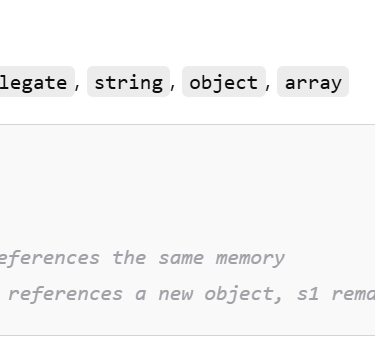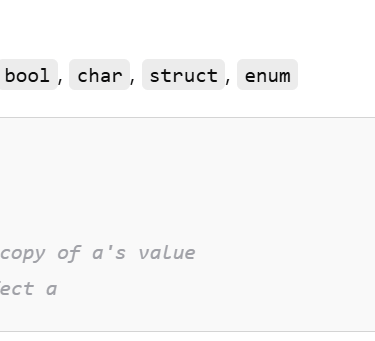.NET Interview Questions
1.What is .NET Framework?
.NET Framework is a software development platform developed by Microsoft.
It provides a controlled environment for building, deploying, and running applications, primarily on Windows.
✅ Key Features:
CLR (Common Language Runtime): Manages code execution, memory, garbage collection, etc.
BCL (Base Class Library): Offers a rich set of pre-built libraries for tasks like file I/O, networking, data access, etc.
Language Interoperability: Supports multiple languages like C#, VB.NET, F#.
Windows-Only: Unlike .NET Core or .NET 5+, the .NET Framework runs only on Windows OS.
✅ Common Use Cases:
Web applications using ASP.NET
Desktop applications using Windows Forms or WPF
Enterprise software for internal tools and services
2.What is the difference between .NET Framework and .NET Core?
.NET Framework is best for legacy Windows-based enterprise applications.
.NET Core / .NET 5+ is the future of .NET—it's modern, lightweight, and cross-platform.
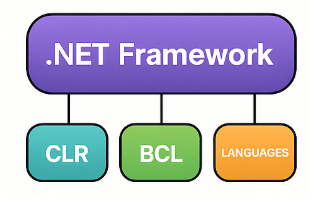

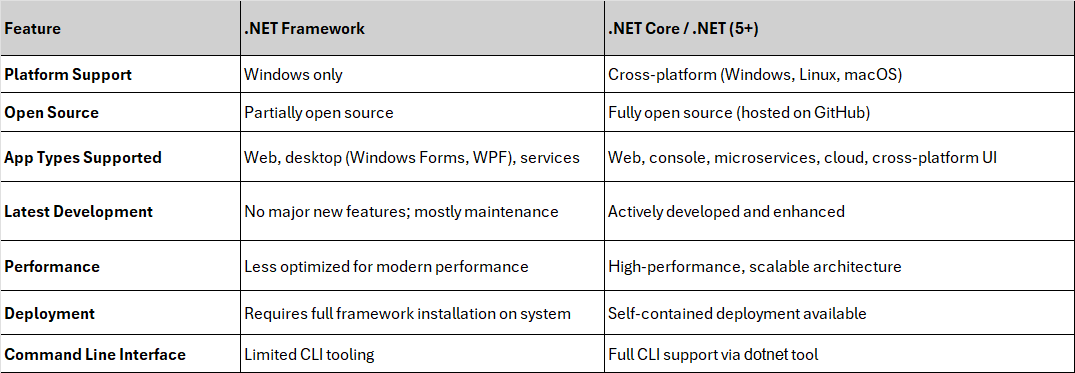

3.What is CLR (Common Language Runtime)?
CLR (Common Language Runtime) is the core execution engine of the .NET Framework. It provides a managed execution environment for .NET programs, handling essential services like:
✅ Key Responsibilities of CLR:
Memory Management: Automatically allocates and frees memory using Garbage Collection (GC).
Code Execution: Converts MSIL (Microsoft Intermediate Language) to native code using JIT (Just-In-Time)
compilation.
Security: Enforces code access security (CAS) and type safety.
Exception Handling: Provides a structured mechanism to catch and handle errors.
Thread Management: Manages multiple threads and supports parallelism.
Interoperability: Supports interaction with COM objects and native code.
🔁 CLR Workflow:
C#/VB.NET code is compiled into MSIL.
MSIL is executed by the CLR with Just-In-Time (JIT) compilation.
CLR ensures the app runs in a secure and managed environment.
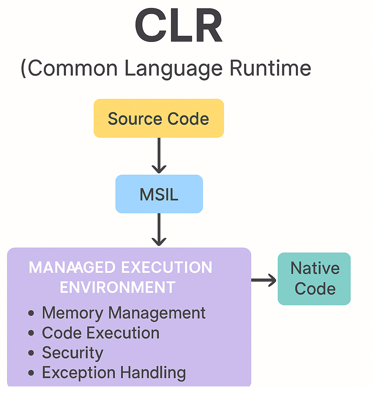

4.What are Value Types and Reference Types in C#?
In C#, data types are categorized into value types and reference types, and they differ in how they store data in memory.
✅ Value Types:
Stored directly in the stack.
Hold the actual data.
When assigned to a new variable, the data is copied.
Faster to access.
✅ Reference Types:
Stored in the heap, and the reference (memory address) is stored in the stack.
Hold the address of the data.
When assigned, both variables refer to the same object.
Changes via one reference affect the original.
Note: string is a reference type, but it behaves like a value type due to immutability.

